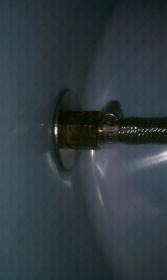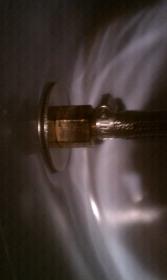Has anyone ever tried using one of these on a 5 or 10 gallon Rubbermaid to make a mash tun?
http://www.midwestsupplies.com/italian-bottling-spigot.html
They are a perfect fit for the existing spigot, and a 3/4" pipe fitting screws on the threads inside the cooler to attach a manifold. Anyone see a downside to this?
It's just a spigot for a bottling bucket
Downside: probably can't handle the heat of the mash. Also, it's plastic so even if it can it won't last nearly as long as a metal one.





